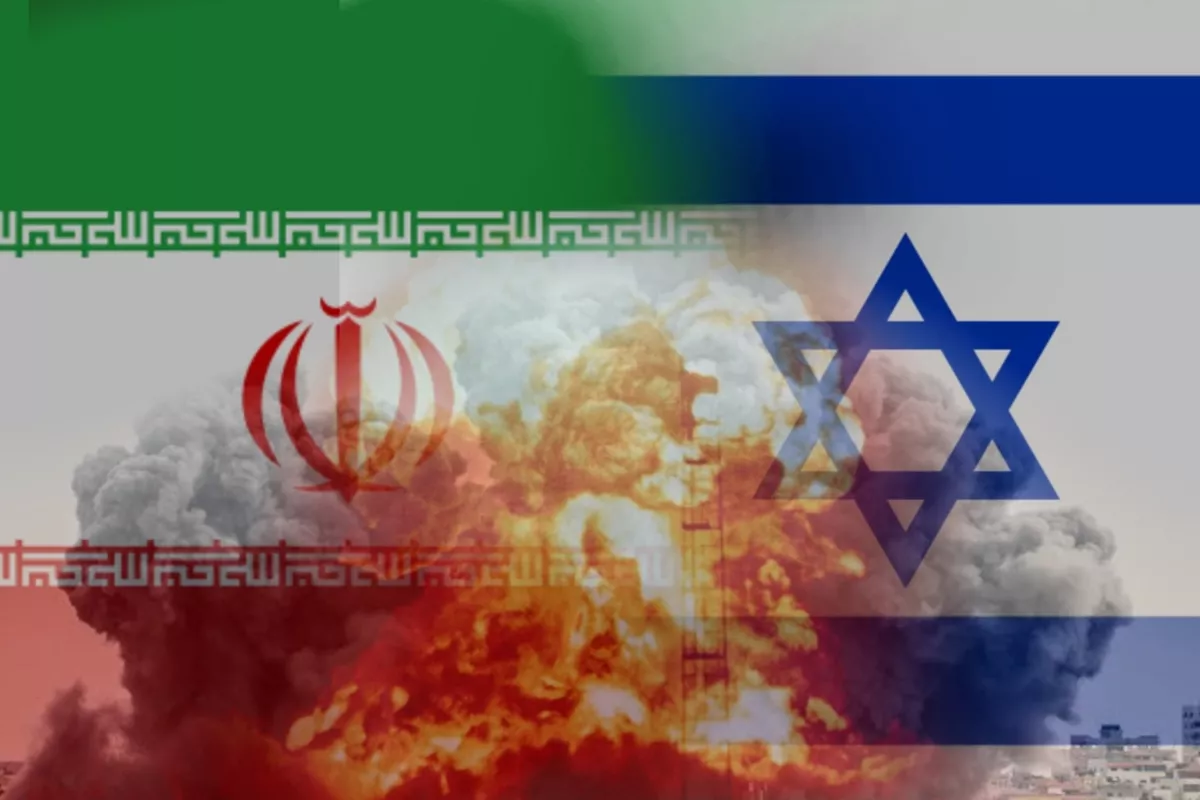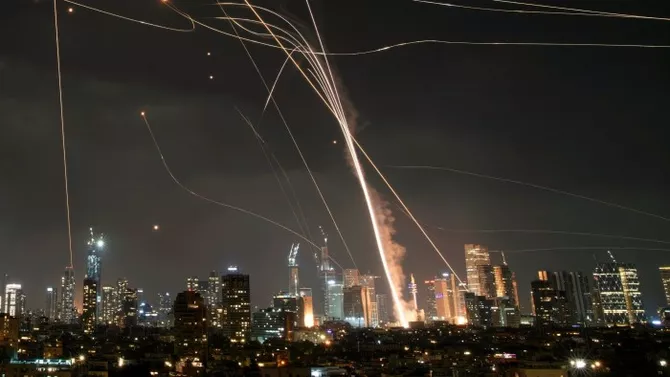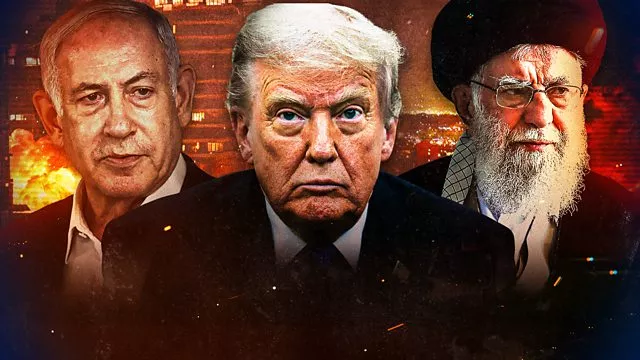
The outcomes of the conflict between Israel and Iran can be broadly categorized into three key dimensions: military, political, and strategic-that is, the extent to which each side achieved its long-term objectives. In each of these areas, Israel appears to have gained a significant advantage, particularly in the military domain.
The Israeli Defense Forces (IDF) carried out a large-scale and highly coordinated strike against Iran’s military infrastructure. The operation demonstrated a high degree of planning and effectiveness. Even within Israeli expert circles, such rapid achievement of objectives had not been anticipated.
One of the most notable outcomes was the neutralization of Iran’s air defense systems, which had previously been regarded as one of the strongest components of its national defense. The system included Russian S-300 and S-400 complexes, as well as Chinese equivalents supplied through bilateral military cooperation. These resources did not provide the expected level of resistance.
There had been discussion about the possibility of engagements between Israeli and Iranian aircraft, and even potentially with Russian jets stationed in the region. However, such confrontations did not occur: the Iranian Air Force did not engage, several aircraft were destroyed on the ground, and others left the combat zone. Israel thus gained full air superiority within the first 48 hours.
This enabled complete operational freedom and came as a surprise to both international observers and the participants themselves. Even assuming Israel’s aerial dominance, few anticipated that air control would be established so swiftly and with minimal resistance.

Reuters
Another significant result was the elimination of a substantial portion of Iran’s military leadership, including officers from both the regular army and the Islamic Revolutionary Guard Corps (IRGC). Reports indicate that some of those killed included both current commanders and their designated successors. Additionally, there is evidence that key experts involved in Iran’s nuclear program were among the casualties-potentially inflicting long-term damage on the country’s nuclear capabilities.
Israel also demonstrated the capacity to strike at Iran’s political leadership but refrained from doing so due to a range of considerations, including international legal and geopolitical concerns.
Israeli special forces conducted limited operations on Iranian soil. The IDF General Staff confirmed the involvement of reconnaissance and sabotage teams in strikes on key targets. Some drones used in the attacks were reportedly launched from within Iran, indicating extensive intelligence penetration and the apparent ineffectiveness of Iranian counterintelligence services.
It is noteworthy that no Israeli personnel were killed or captured during operations inside Iranian territory-an outcome that represents a serious failure for a state as tightly controlled as Iran.
Regarding the performance of Iran’s air defense, an independent analysis published in open sources indicates that in the first six days, the interception rate of Israeli missiles ranged between 90% and 95%. This figure dropped to 65% in the middle of the conflict but later returned to initial levels. These fluctuations are attributed to Iran's need to recalibrate its systems in response to newly deployed Israeli munitions.
Importantly, no Israeli military installations sustained serious damage. Unlike incidents in 2004, air force bases remained intact. Civilian infrastructure, however, did experience some damage. A power plant supplying the Haifa oil refinery was hit, resulting in the deaths of three workers and an estimated two-month restoration period. Another power plant in Ashdod was damaged but fully restored within two hours.
One high-profile incident involved a strike on the Weizmann Institute of Science, which specializes in cancer research. Several unused government buildings, a facility near Soroka Medical Center, and a university laboratory were also hit. These losses, while not militarily critical, impacted scientific and humanitarian institutions, drawing concern from the global academic community.
Despite this, Israel’s key strategic military and civilian infrastructure remained protected. Its multi-layered air defense system-including the Iron Dome, David’s Sling, and Arrow-performed with an overall interception rate of approximately 90%. Drone interception rates were near perfect: out of more than 1,000 UAVs, only one reached a residential building in Be’er Sheva, causing no casualties. The effective interception rate was 99.9%, indicating near-total airspace security.

Photo credit: AP
Beyond the battlefield, political and diplomatic dimensions of the conflict also played a pivotal role. The Israeli operation was not carried out in isolation. The United States provided support from regional bases and naval assets. Additionally, military forces from the United Kingdom, France, and Jordan participated in coordinated actions.
This underscores the failure of attempts to isolate Israel diplomatically. Despite previous criticism of Israel’s actions in Gaza, these countries publicly supported its right to self-defense in the face of the Iranian threat. They emphasized that nuclear weapons in Iranian hands would be unacceptable.
Reports also suggest that Saudi Arabia, the United Arab Emirates, and Bahrain may have assisted in intercepting Iranian missiles, some of which landed on their territory. Although these incidents have not been officially acknowledged, they point to an emerging pattern of security coordination. States that once opposed Israel are now, in effect, acting as its partners.
This shift suggests a fundamental transformation in the region’s geopolitical landscape. The traditional Arab-Israeli conflict appears to be effectively over. Former adversaries now view Israel as a strategic ally, largely due to a shared perception of Shia Iran as the primary threat to the Sunni Arab world.

The United States, for its part, provided both military and diplomatic backing. U.S. forces participated in defensive operations, while Washington supported Israel’s position at international forums. This reaffirmed the resilience and strategic depth of the U.S.-Israel alliance.
In contrast, Iran found itself in a position of complete diplomatic isolation. No state offered it direct assistance, either military or technical. Even Russia, despite its formal strategic partnership with Iran, chose to remain a neutral observer. While not legally obligated to intervene, the absence of even symbolic support from Moscow was likely perceived in Tehran as a disappointment.
Taken together, the evidence suggests that Israel achieved not only tactical and operational success but also a strategic victory. It secured the backing of a coalition comprising key Western democracies and regional powers and effectively neutralized a major threat from Iran. This outcome reshapes the regional security architecture and ushers in a new paradigm of deterrence in the Middle East.
Share on social media